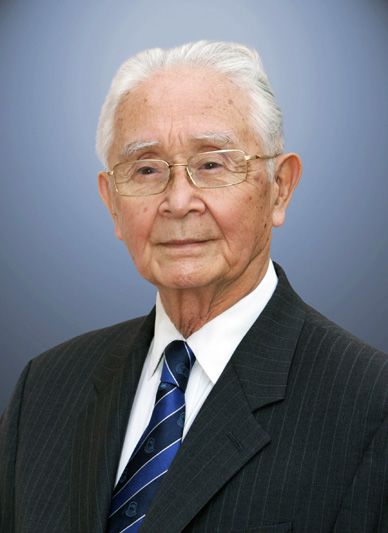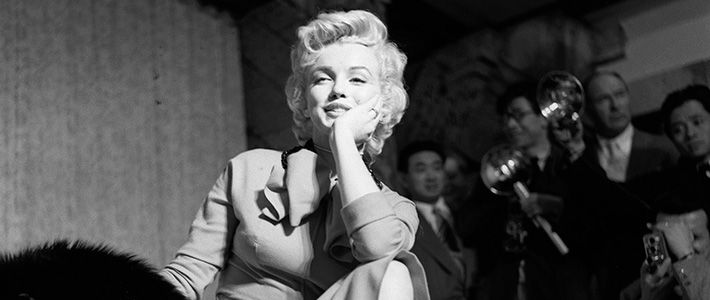
Thomas Noguchi, Legendary Hollywood Coroner
Society Culture- English
- 日本語
- 简体字
- 繁體字
- Français
- Español
- العربية
- Русский
As chief medical examiner for Los Angeles County from 1967 to 1982, Thomas Noguchi performed autopsies on so many celebrities that he became known as the “coroner to the stars.” Noguchi was the first Japanese-American to occupy such a high-profile position, but he first entered the public eye in 1962, while still deputy coroner. That was when he conducted the postmortem examination of Marilyn Monroe.
Born Noguchi Tsunetomi in 1927, he grew up in wartime Japan before immigrating to the United States in 1952 and settling in California. Has been president of the National Association of Medical Examiners and is currently president of the World Association for Medical Law. Noguchi ranks as one of the world's most distinguished forensic pathologists, but he is remembered above all for his high-profile years as coroner for Los Angeles County.
Coroner to the Stars
The jurisdiction of the coroner's office is death. Each day the office's medical examiners and coroners dispatch such duties as performing autopsies to determine cause of death, investigating possible crime scenes, issuing death certificates, and transporting bodies to funeral homes.
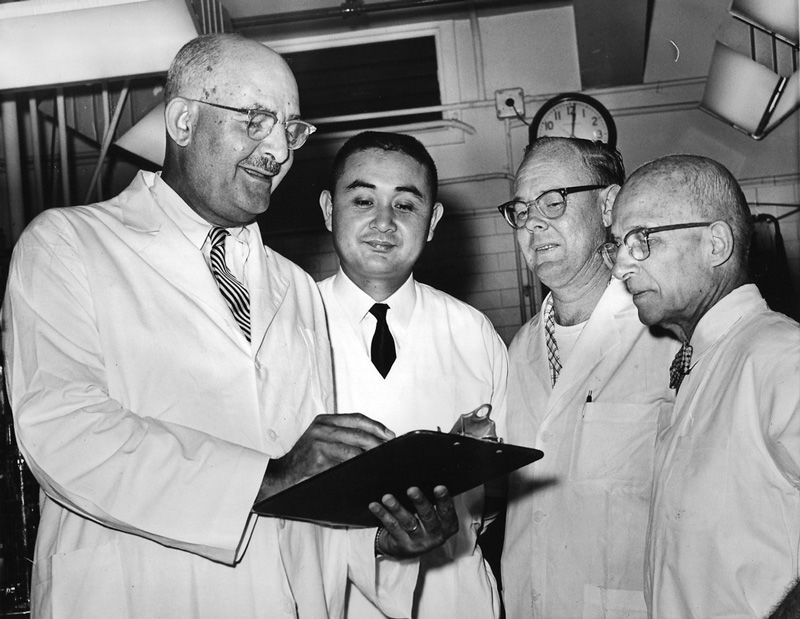 Noguchi (second from left) at the Los Angeles County Department of Coroner.
Noguchi (second from left) at the Los Angeles County Department of Coroner.
Noguchi himself performed the autopsies and established cause of death for a long list of newsmakers, including singer Janis Joplin, who died at the height of her fame; legendary comedian John Belushi, who starred in The Blues Brothers; William Holden, known for such movies as The Bridge on the River Kwai; and Sharon Tate, the young actress and wife of Roman Polanski who was murdered by the Manson Family.
But of all of Noguchi's postmortems, Marilyn Monroe remains the most talked about. Even today, over 50 years later, speculation and controversy continue to swirl around the death of the twentieth century’s greatest sex symbol. And each year, as the anniversary of Marilyn's death approaches and story enters the media spotlight once again, Noguchi is at the center of the debate.
Noguchi and Marilyn
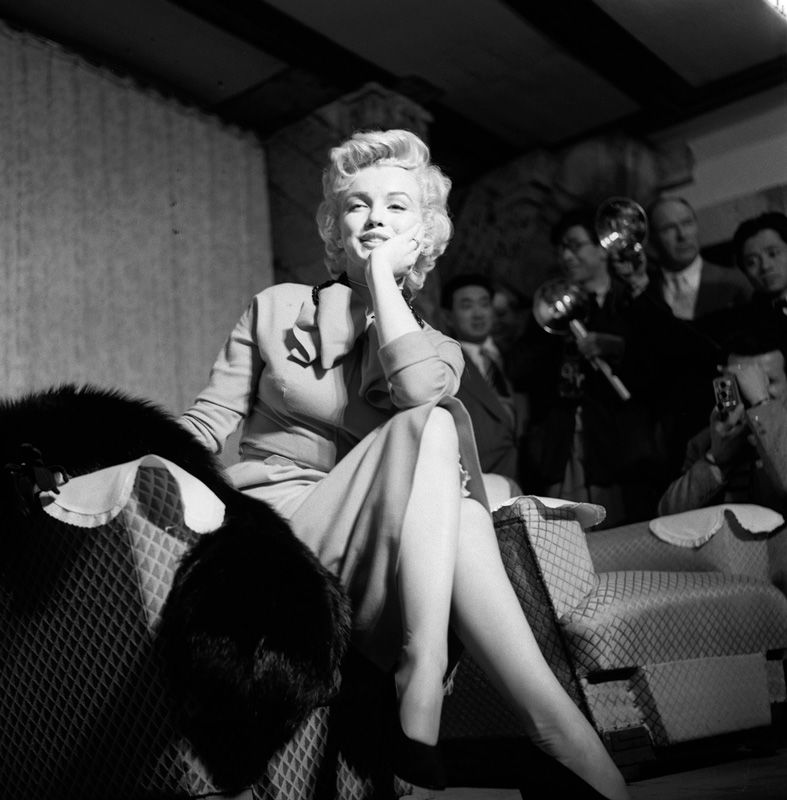 Marilyn Monroe on a visit to Japan in 1954 (© Jiji).
Marilyn Monroe on a visit to Japan in 1954 (© Jiji).
Thomas Noguchi is not eager to speak about Marilyn Monroe. He is vexed by the continuing sensationalism surrounding the postmortem examination, which he conducted as part of his regular duties. However, I had the opportunity to speak with him at length while doing research for my book Hariuddo kenshi fairu: Tōmasu Noguchi no yuigon (Hollywood Inquest Files: The Final Testament of Thomas Noguchi). “I want this to be my last word on the subject,” Noguchi says, as he prepares to tell his story.
Still relatively new on the job as Los Angeles County deputy coroner, Noguchi had reported for work as usual that Sunday morning on August 5, 1962. On his desk he found a message relayed from the chief examiner: “Dr. Curphey wants Dr. Noguchi to do the autopsy on Marilyn Monroe.”
The 36-year-old actress had been discovered dead at her Los Angeles residence the previous evening. She had been found lying naked, face down, in an unnatural position, her right hand gripping the telephone receiver. Bottles containing sleeping pills were found on a bedside table.
At that time Noguchi was kept constantly busy examining unnatural deaths at the understaffed coroner’s office, with almost no time off. After skimming through the report from the investigator who had dealt with the body, he went straight to the autopsy room. He stood in front of the stainless steel table and lifted the white sheet.
”Probable Suicide”
Noguchi can still recall vividly how she looked at the end. For a moment he found it difficult to breathe. The film star Marilyn Monroe was lying there naked in front of him. Even in death she was beautiful, he said.
He began the autopsy with an external examination, proceeding slowly and methodically from the face and neck to the chest, upper arms, and abdomen, inspecting the entire body for the smallest trace of blood or other clues.
Next, Noguchi took a scalpel and made a Y-shaped incision to open up the torso. He removed the internal organs for inspection one by one, but found nothing out of the ordinary. He gave the digestive organs particularly close scrutiny, as it was believed that Monroe had taken sleeping pills, but he found no residue in the stomach.
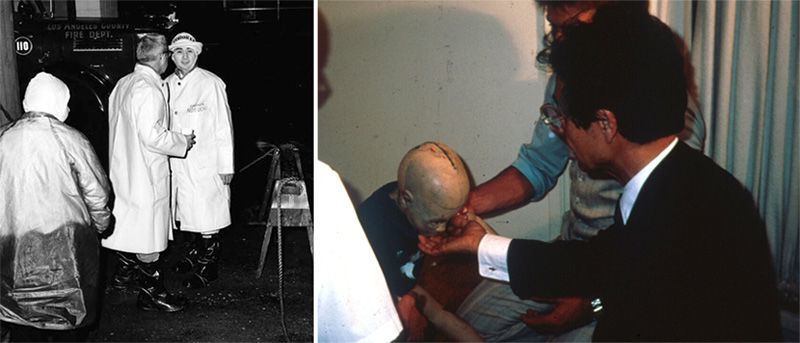 As Los Angeles chief medical examiner at the site of a plane crash (left); recreating a death scene using a dummy (right).
As Los Angeles chief medical examiner at the site of a plane crash (left); recreating a death scene using a dummy (right).
When a naked woman is found dead in suspicious circumstances, it is important to examine the victim to determine whether sexual intercourse has taken place. Such cases often involve sexual assault, and celebrities are no exception. However, a genital examination revealed no signs of intercourse.
The toxicology tests performed on blood collected during the autopsy ultimately revealed the direct cause of death. They found levels of sleeping medication well in excess of the lethal dose. After further investigation at and around the scene, Noguchi and the coroner’s office concluded that Monroe’s cause of death was “acute barbiturate poisoning” due to “ingestion of overdose,” and that it was a “probable suicide.”
Kennedy-Centered Conspiracy Theories
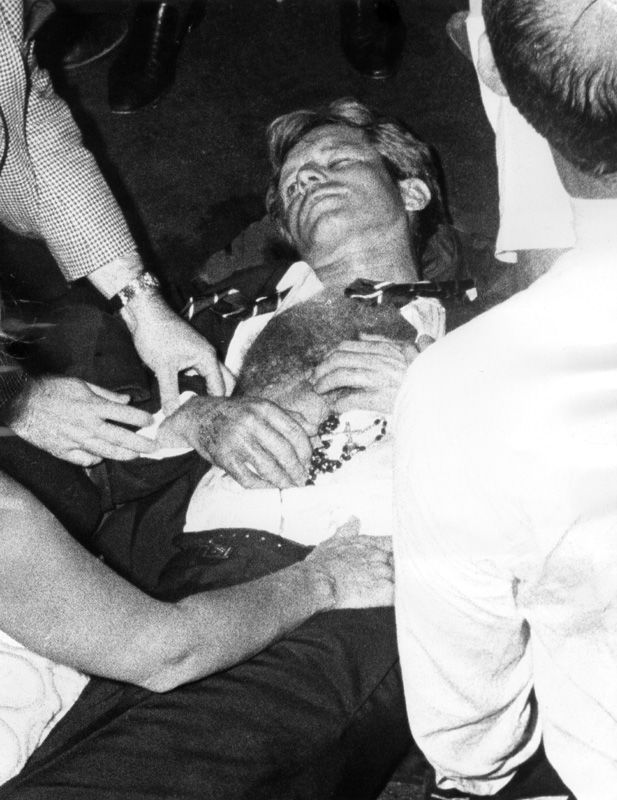 Robert F. Kennedy after being shot at the Ambassador Hotel, Los Angeles (© Aflo).
Robert F. Kennedy after being shot at the Ambassador Hotel, Los Angeles (© Aflo).
This was when Noguchi’s battles began. The announcement of the autopsy results gave rise to a rash of competing conspiracy theories. Of these, the most persistent was that Monroe’s death had not in fact been suicide, but murder arranged to look like a suicide. This theory implicated the Kennedy clan, “America’s royal family,” as the masterminds behind the plot.
Both President John F. Kennedy and his brother, then Attorney General Robert F. Kennedy were believed to have had close relationships with Marilyn Monroe. Rumors speculated that Bobby Kennedy had ordered Monroe’s death to cover up their affair, or that she had been killed because she knew government secrets. There were even suggestions that Noguchi had faked the autopsy report.
Six years later, by an extraordinary twist of fate, Noguchi became directly involved in Kennedy family matters when Bobby Kennedy, then running for the Democratic presidential nomination, was assassinated at a Los Angeles hotel.
Fortitude in the Midst of a National Tragedy
At around one in the morning on June 5, 1968, Noguchi was awakened by an emergency call to his home. Bobby Kennedy had just been shot in the head while campaigning at the Ambassador Hotel in Los Angeles. He was rushed to a hospital and underwent surgery but died the following day. The police arrested Sirhan Sirhan, a Palestinian immigrant, at the scene of the assassination.
As the shooting had taken place in Los Angeles, it was only natural that Noguchi's office should conduct the autopsy. But the victim was a key national figure—a presidential candidate and a Kennedy to boot. In those days Washington politicians and officials showed little respect for local statutes and procedures and were accustomed to getting their way.
Kennedy's circle wanted to move the body to Washington immediately. But a prompt, thorough, and procedurally correct autopsy was essential to ensure that the killer was brought to justice. Somehow, Noguchi's office was able to stand up to the formidable Kennedy clan and conduct a six-and-a-half-hour postmortem examination in Los Angeles.
Noguchi’s meticulous autopsy received high praise from international forensic and pathological specialists and sealed his reputation as one of the world’s top forensic scientists.
”I Plan to Work Until I’m 100”
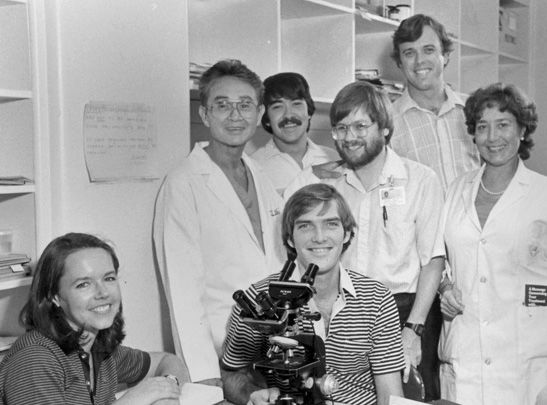 Noguchi as a professor at the University of Southern California.
Noguchi as a professor at the University of Southern California.
People are still probing the autopsies and statements of Thomas Noguchi, who was privy to the “last confidences” of Marilyn Monroe, Robert F. Kennedy, and other American cultural icons. The idea that Monroe was killed by the Kennedys to cover up for their adulterous affairs resurfaced in the international media as recently as March this year.
At age 87, Noguchi is still active in academic circles. As professor emeritus at the University of Southern California and president of the World Association for Medical Law, he leads a busy life, training successors, giving lectures, and taking part in international conferences around the globe.
Recently, Noguchi has been working to promote ethics in forensic medicine at US graduate schools. His vitality shows no signs of diminishing. In what seems to be a pet phrase of his, Noguchi tells me, “I don’t just plan to live until I’m 100. I plan to work until I’m 100.”
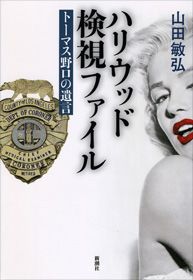 Yamada Toshihiro’s book, Hariuddo kenshi fairu: Tōmasu Noguchi no yuigon (Hollywood Inquest Files: The Final Testament of Thomas Noguchi).
Yamada Toshihiro’s book, Hariuddo kenshi fairu: Tōmasu Noguchi no yuigon (Hollywood Inquest Files: The Final Testament of Thomas Noguchi).
(Originally written in Japanese and published on June 25, 2014. All photos courtesy of Yamada Toshihiro unless otherwise indicated. Banner photo courtesy of Jiji.)
film death Autopsy forensic science Marilyn Monroe Robert F. Kennedy
